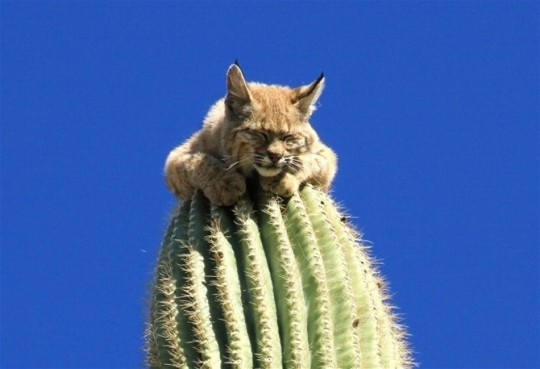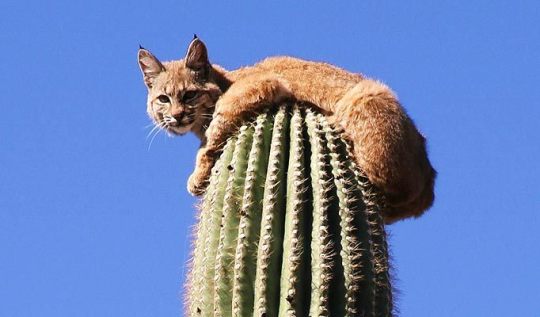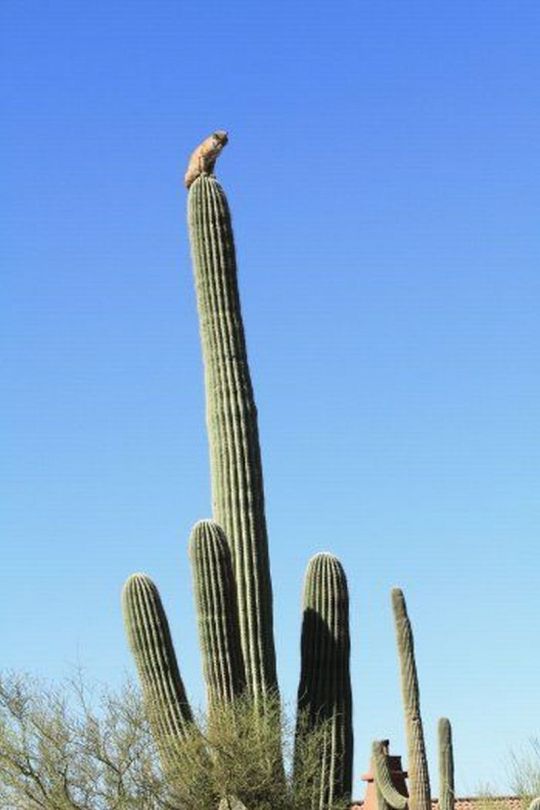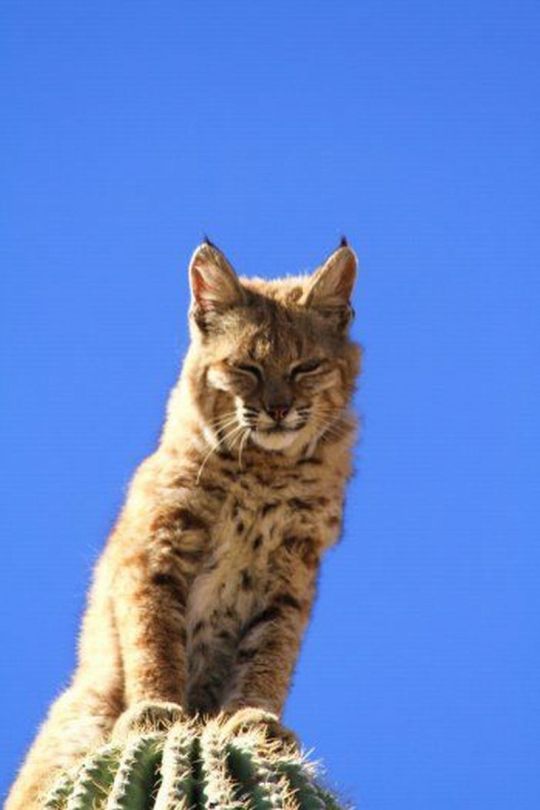#wildlife: arizona
Explore tagged Tumblr posts
Text

A ringnecked snake (Diadophis punctatus) plays dead and shows off its vibrant ventral scales in Arizona, USA
by Francesca Heras
#ring necked snake#colubrids#snakes#reptiles#diadophis punctatus#diadophis#colubridae#serpentes#squamata#reptilia#chordata#wildlife: arizona#wildlife: usa#wildlife: north america
720 notes
·
View notes
Photo




Arizona's Desert Heights: A Bobcat's Unlikely Throne Œต
1K notes
·
View notes
Text

The leopard lacewing, a species of heliconiine butterfly found from India to southern China (southern Yunnan), and Indochina.
Tucson Botanical Gardens, Arizona
Feb. 2019
#butterfly#Lepidopterology#entomology#bugblr#travel#original photography#photographers on tumblr#photography#lensblr#tucson#arizona#wildlife#wildlife photography#animals#animal photography#nature#nature photography#wanderingjana
207 notes
·
View notes
Text





salt river mustangs ☀️
#mustang horse#wild mustangs#salt river#wild horses#wild animals#wildlife#equestrian#equidae#equine#equines#horse#horse posting#horseblr#horse blog#horses#western#horse photography#photography#arizona#great plains#wild west#rdr2
193 notes
·
View notes
Text

A big brown bat takes a sip of water in Green Valley, Arizona.
Danita Delimont/Getty Images
#danita delimont#photographer#getty images#big brown bat#bat#animal#mammal#wildlife#green valley#arizona#nature
69 notes
·
View notes
Text





This Great Blue Heron took some time to look around as it warmed in the Arizona morning sunshine.
#bird photography#birding#birdwatching#nature#ornithology#wild birds#wildlife#arizona#tucson audubon#El Rio Preserve#Marana
21 notes
·
View notes
Text

Serpent's Watch
Guardia de la Serpiente
#original photographers#photographers on tumblr#davideragland#photography#david e ragland#nature#arizona#american southwest#sonoran desert#desert driftwood#nonexistent desert wildlife#serpent#naturaleza#nature photography#walking in nature#hike#madera
22 notes
·
View notes
Text


Wolf Moon over Quartzsite - 13 January 2025
#nature#travel#hiking#camping#wildlife#canon photography#arizona#quartzsite#BLM land#public lands#moon#sky#lunar#cactus#sonoran desert
20 notes
·
View notes
Text

" Tinctorius Dendrobates " //© Meritt Thomas
" Tinctorius is highly toxic if consumed !! It produces pumiliotoxins and allopumiliotoxins that the frog uses for self-defense. The main alkaloid carried by this species is pumiliotoxin (PTX), which is highly toxic. PTX interferes with the muscle contractions by affecting the calcium channels, causing locomotor difficulties, clonic convulsions, paralysis or even death. D. tinctorius toxin can lead to cardio-respiratory problems, mainly through the neurotoxic action, which affects the sodium and potassium channels, impairing the muscle contraction, and consequently, the heart and breathing muscles " © Wikipedia
#Scottsdale#Arizona#United States#nature#Macro#Portraits#Wildlife#Dart Frogs#Tinctorius Dendrobates#Poison Frogs#photography#aesthetics#wanderlust#explore#follow#discover
45 notes
·
View notes
Text
@skyfallscotland this is entirely for you since I can’t send videos over messages. ❤️
24 notes
·
View notes
Text

A pair of rosy faced lovebirds (Agapornis roseicollis) in Phoenix, Arizona, originally from Southwestern Africa
by R. Russell Beatson
#this is a feral population iirc#rosy faced lovebird#peach faced lovebird#lovebirds#parrots#birds#agapornis roseicollis#agapornis#psittaculidae#psittaciformes#aves#chordata#wildlife: arizona#wildlife: usa#wildlife: north america#non native#introduced species
144 notes
·
View notes
Video
Vermillion Flycatcher, facing forward by Ruby 2417 Via Flickr: Tucson, Arizona.
32 notes
·
View notes
Text

Coyote on the trail (using a zoom lens). I was the only person on the trail for awhile. There was so much wildlife.
Saguaro National Park
Tucson, Arizona
2019
#coyote#wildlife#wildlife photography#animal photography#wild animals#saguaro#saguaro national park#tucson#arizona#desert#desert landscape#desert photography#travel#original photography#photographers on tumblr#photography#lensblr#nature#nature photography#optoutside#hiking#wanderingjana
49 notes
·
View notes
Text
The winning name, unveiled Thursday, is O:shad Ñu:kudam, which means “jaguar protector” in the O’odham language.
It’s pronounced OH-shahd NOO-KOO-dum, but you can call the cat OH-shahd for short.
“The return of jaguars to our land is a source of immense pride and profound hope,” said Austin Nunez, chairman of the tribe’s San Xavier District, in a written statement.
“Since time immemorial, the Tohono O’odham have shared our homelands with the jaguar. We are committed to working to ensure a safe and thriving future for O:shad and one day hope to see the return of a breeding population of jaguars to this region.”
73 notes
·
View notes
Text

#IFTTT#Flickr#cardinal#northerncardinal#redcardinal#arizona#bird#portrait#wildlife#boycethompsonarboretum#telephoto#nikonz9#beak#feathers
13 notes
·
View notes
Video
Western Meadowlark by James Marvin Phelps Via Flickr: Wildlife Wednesday Western Meadowlark Vermilion Cliffs National Monument Arizona March 2025 The Western Meadowlark is a medium-sized songbird known for its bright yellow belly, black V-shaped chest marking, and streaked brown upperparts. Native to North America's grasslands, it has a flute-like, melodious song. Preferring open fields and prairies, it forages for insects and seeds while often perching on fence posts or shrubs.
#arizona#vermilion cliffs national monument#bird#western meadowlark#wildlife#nature#outdoors#james marvin phelps photography#flickr
12 notes
·
View notes

